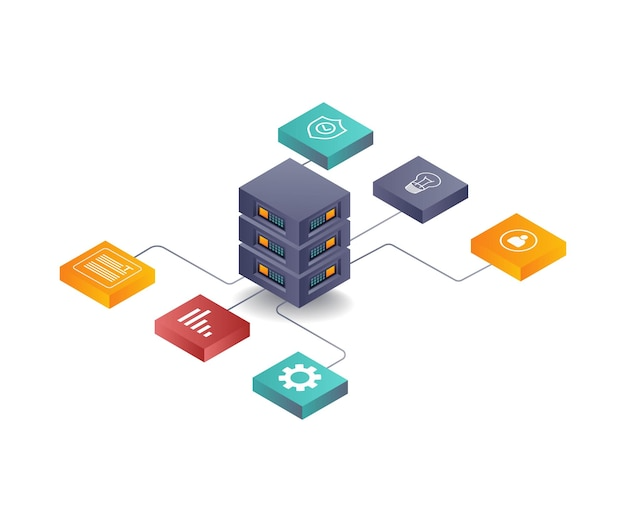- Arrays
- Binary Search
- Recursion and Backtracking
- Dynmic Programming
- Sorting
- Stack and Queue
- LinkedList
- Trees
- HarhMap
- Heap



Introduction to arrays,
accessing elements,
insertion and deletion operations,
multi-dimensional arrays,
applications of arrays
Understanding binary search algorithm,
steps involved in binary search,
time complexity analysis,
implementation in various languages,
applications of binary search
Introduction to recursion,
basic recursion examples,
understanding backtracking,
solving problems using recursion and backtracking,
advantages and limitations
Basics of dynamic programming,
optimal substructure and overlapping subproblems,
solving problems using dynamic programming,
examples of dynamic programming problems,
comparing with other techniques
Introduction to sorting algorithms,
comparison-based sorting,
divide and conquer sorting,
heap sort and its implementation,
performance analysis
Overview of stack and queue,
operations supported,
implementation using arrays and linked lists,
applications (e.g., expression evaluation),
comparison with other structures
Understanding linked lists,
types (singly, doubly, circular),
insertion, deletion, and traversal,
advantages and disadvantages,
applications
Introduction to trees,
types (binary, binary search, AVL),
tree traversal algorithms,
operations on binary search trees,
applications
Hashing and hash functions,
understanding hash map,
collision resolution techniques,
time complexity analysis,
applications in programming and databases
Introduction to heaps,
understanding the heap property,
operations on heaps,
heap sort algorithm,
applications in priority queues and graph algorithms
Data structures are specific ways of organizing and storing data in a computer so that it can be accessed and manipulated efficiently. They provide a means to manage large amounts of data effectively.
Algorithms are step-by-step procedures or sets of rules for solving computational problems. They specify the sequence of operations to be performed to solve a particular problem or task.
Data structures are essential because they allow programmers to efficiently store, retrieve, and manipulate data. Choosing the right data structure can significantly impact the performance and scalability of an algorithm or software application.
Common types of data structures include arrays, linked lists, stacks, queues, trees, graphs, hash tables, and heaps. Each type has its own advantages and is suitable for solving different types of problems.
An array is a sequential collection of elements stored in contiguous memory locations, whereas a linked list is a collection of nodes where each node contains data and a reference (or pointer) to the next node in the sequence. Arrays offer constant-time access to elements but have fixed size, while linked lists allow dynamic size and efficient insertion and deletion operations.
Time complexity measures the amount of time an algorithm takes to complete as a function of the size of its input. It provides an understanding of how the algorithm's runtime grows with the size of the input data.
Time complexity measures the amount of time an algorithm takes to run, while space complexity measures the amount of memory space an algorithm requires to execute. Both are crucial factors in analyzing the efficiency of an algorithm.
A sorting algorithm is used to rearrange a collection of items into a specific order, such as numerical or lexicographical order. Sorting is a fundamental operation in computer science and is used in various applications, such as searching, data analysis, and database management.
A binary search tree is a binary tree data structure in which each node has at most two children (left and right), and the key value of nodes in the left subtree is less than the key value of the root node, while the key value of nodes in the right subtree is greater than the key value of the root node. BSTs support efficient search, insertion, and deletion operations.
To improve your understanding of data structures and algorithms, it's essential to practice implementing algorithms, solving problems, and analyzing their time and space complexities. You can also study from textbooks, online courses, tutorials, and participate in coding competitions and challenges to enhance your skills.